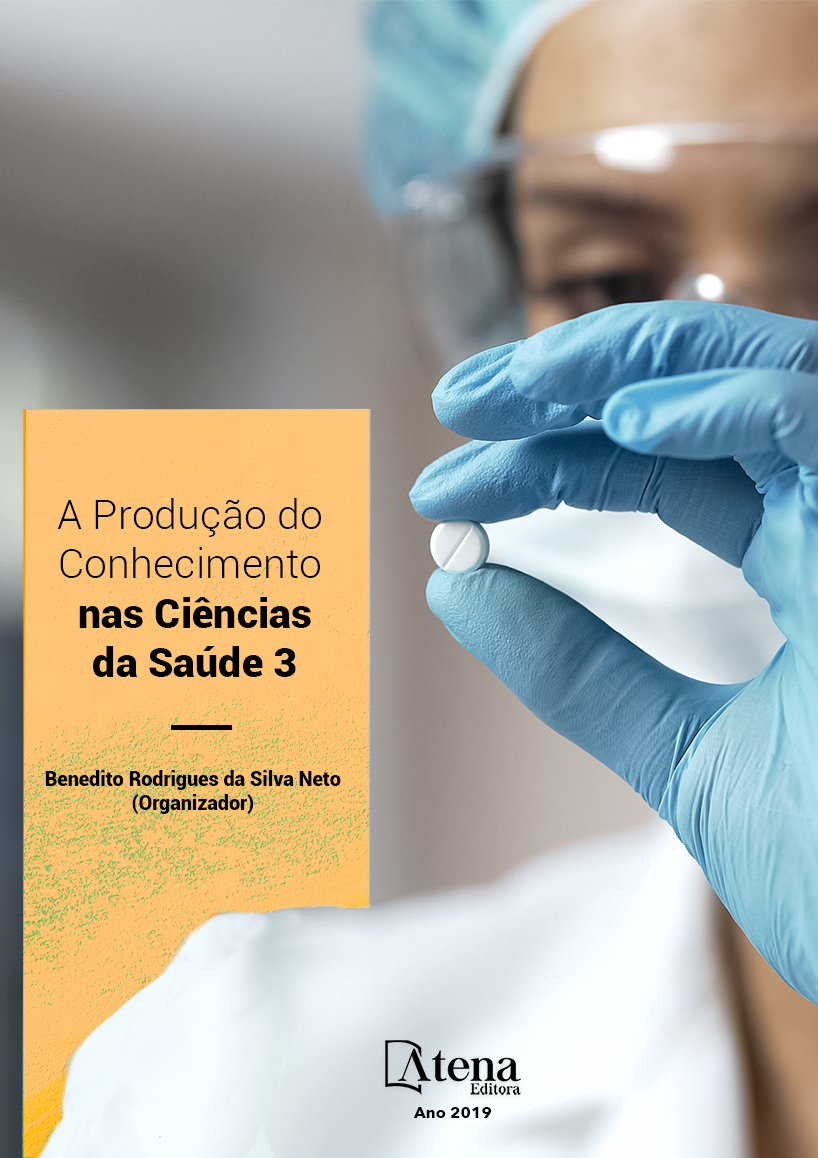
DESENVOLVIMENTO DE BIONANOCOMPÓSITOS (POLÍMERO BIODEGRADÁVEL/HIDROXIAPATITA) PARA USO EM ENXERTOS ÓSSEOS
Filmes poliméricos biodegradáveis
foram obtidos através do método de inversão
de fases pela técnica de evaporação por
solvente, a partir do polímero Poli(Adipato Co-
Tereftalato de Butileno) (PBAT) com a adição de
hidroxiapatita (HAp), utilizando como solvente o
Clorofórmio. Foram obtidos filmes com diferentes
porcentagens de adição de hidroxiapatita (1,
3, 5, 10, 15 e 20%), pretendendo-se avaliar
qual o limite percentual mais adequado para a
aplicação em enxertos ósseos. Os filmes foram
caracterizados por DRX, FTIR, MEV, EDS e
Molhabilidade. As curvas de DRX indicaram a
presença de picos cristalinos característicos do
PBAT e da HAp, tendo na HAp a presença de
segunda fases de β-fosfato tricálcio (β-TCP) e
o α-fosfato tricálcio (α-TCP) juntos com a fase
majoritária da HAp. Por FTIR, identificaramse
as bandas correspondentes as ligações
C-H, C=O, CH2 e C-O para o PBAT e CO32- e
PO43- para a HAp. Pela MEV, foi visualizada
uma morfologia densa para os filmes de PBAT/
HAp. Por meio dos testes de molhabilidade com
água destilada, observou-se que a presença
da HAp alterou o ângulo de contato, para os
valores de 1, 3 e 5%, inferindo-se que este
diminui com o aumento da porcentagem da
HAp, tornando o material mais hidrofílico e para
os valores e 10, 15 e 20% pode-se inferir que
são valores acima do limite de incorporação da
HAp, visto que nestes percentuais não houve
influência significativa do ângulo de contato.
Em geral, os resultados indicaram que os filmes
de PBAT/HAp produzidos são adequados para
a aplicação desejada.
DESENVOLVIMENTO DE BIONANOCOMPÓSITOS (POLÍMERO BIODEGRADÁVEL/HIDROXIAPATITA) PARA USO EM ENXERTOS ÓSSEOS
-
DOI: 10.22533/at.ed.00219030411
-
Palavras-chave: PBAT, HAp, filmes, biodegradável, inversão de fases.
-
Keywords: PBAT, HAp, films, biodegradable, casting technique.
-
Abstract:
Biodegradable polymeric films
based on poly (butylene adipate-co-terephtalate)
(PBAT) and hydroxyapatite were prepared by
solution casting technique in Chloroform. In the
development of this final paper, films added with different percentages of hydroxyapatite
(1, 3, 5, 10, 15 and 20%) were obtained with the objective of evaluating the most
adequate percentage limit for the application of these films in bone grafts. The films
were characterized by XRD, FTIR, SEM, EDS and Wettability. XRD curves indicated
the presence of crystalline peaks characteristic of PBAT and HAp, with the presence of
second phases of β-phosphate tricalcium (β-TCP) and α-phosphate tricalcium (α-TCP)
together with majority phase of the HAp. From FTIR, the bands corresponding to C-H,
C=O, CH2 and C-O for PBAT and CO32- and PO43- for HAp were identified. From
SEM, a dense morphology was identified for the films of PBAT/HAp. By wettability tests
in distilled water, was observed that HAp had influence on the contact angle, for the
values of 1, 3 and 5%, it is concluded that the contact angle decreases with the increase
of the percentage of HAp, making the material more hydrophilic (greater affinity with
water) and for values 10, 15 and 20% it is concluded that they are values above the
limit of HAp incorporation, since in these percentages there was no significant influence
of the contact angle. Analyzing the results together it is concluded that PBAT/HAp films
are suitable for application in bone grafts.
-
Número de páginas: 15
- Kaline Melo de Souto Viana
- Amanda Melissa Damião Leite
- Cíntia Maciel Mesquita
- Thalles Rafael Silva
- Tayná Martins Ramos


